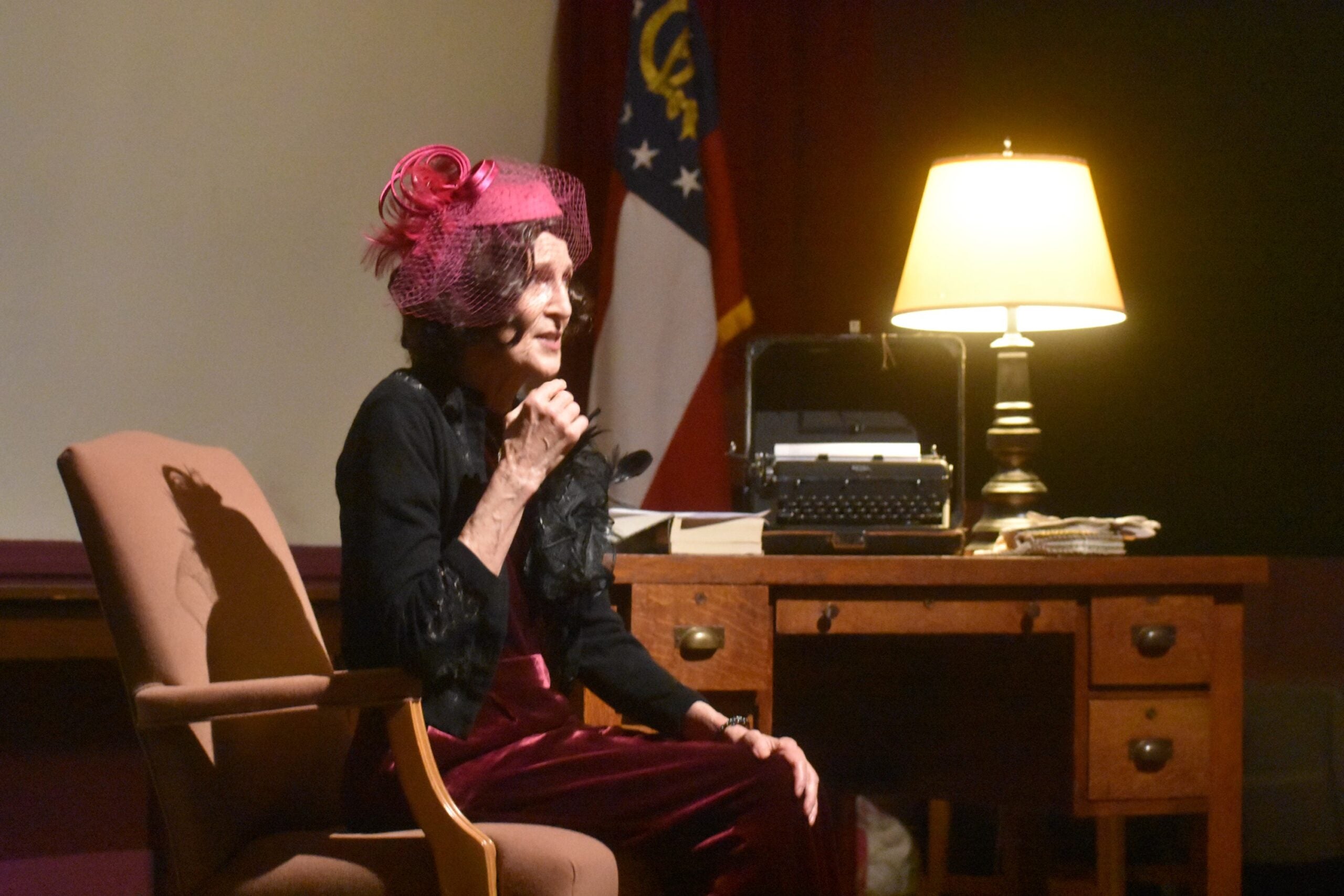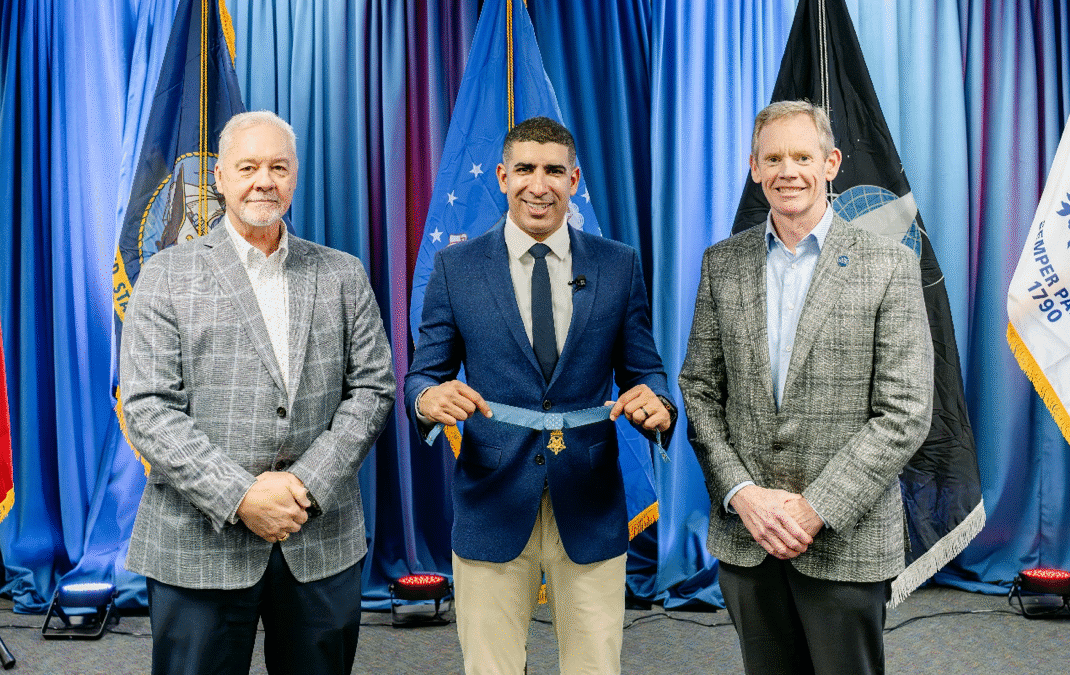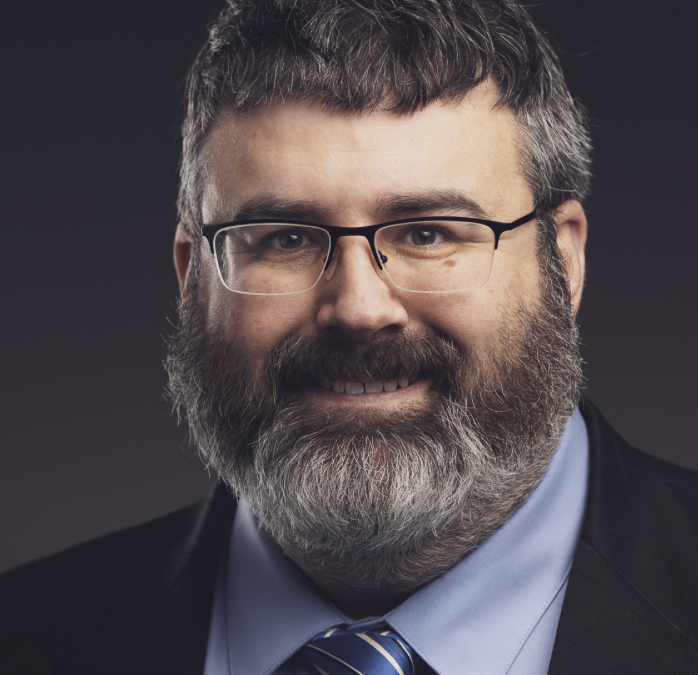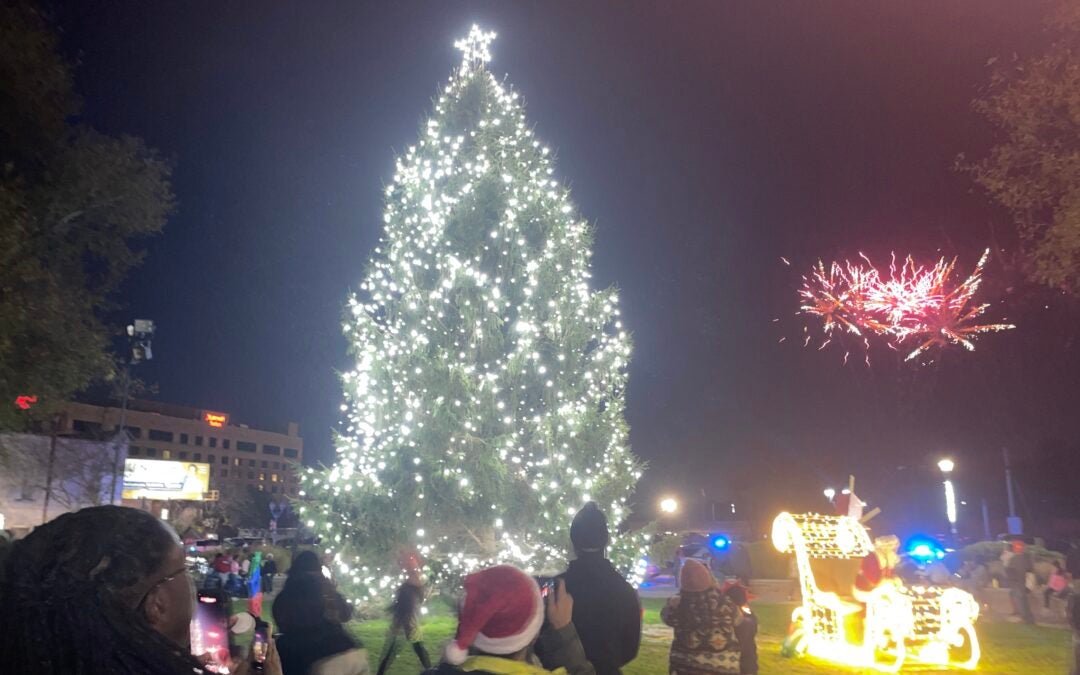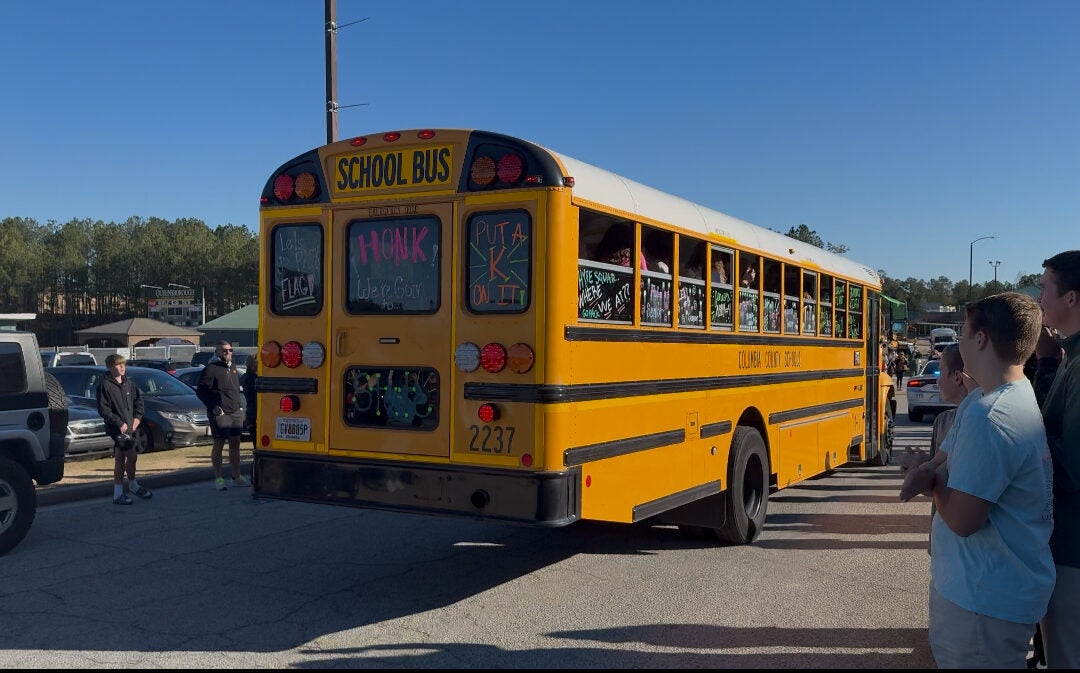Welcoming guests to experience a historical nighttime adventure, the Augusta Museum of History comes to life every year to entertain and enlighten visitors about influential figures who originated from Augusta.
On Thursday, Aug. 10, the two sold out night shows were held at 6 p.m. and 7:30 p.m., each lasting over an hour and highlighting various important names and movements.
First inspired by the movie franchise “Night at the Museum,” Nancy Glaser, the museum’s executive director, said the event was about making history fun and memorable for attendees.
“That’s what this is all about; history should be fun,” she said.
This year’s education roster included Robert Mackay, Emily Tubman, Julia Dent, Sheriff George Heckle, a Civil Rights activist, Alister MacKenzie, Susan Still Kilrain, former President Dwight Eisenhower, James Brown’s influence on Hip Hop and Margaret Mitchell.
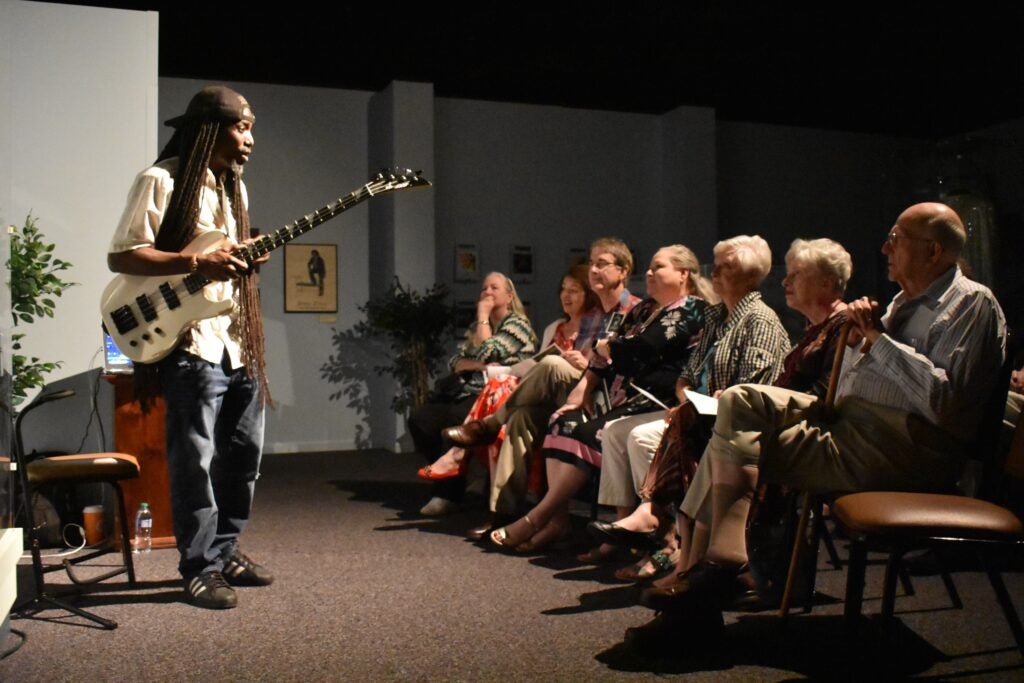
As a result of individuals being portrayed by volunteer community actors and present significant persons in the CSRA, the night’s raised funding went entirely back into financing ongoing and future programs and preservation efforts.
After enjoying drinks, desserts and hors d’oeuvres, guests were separated into small groups and guided into the dark museum by security guards with flashlights. Participants then weaved through candlelit pathways to greet an awaiting historical figure.
While Mackay’s portrayer, Joseph Zuvhowski, discussed the importance of the early fur trade in the colonies and how contact was made with Native Americans, Tubman’s actress, Brit Nelson, presented how her family freed 42 slaves and brought them back to Africa.
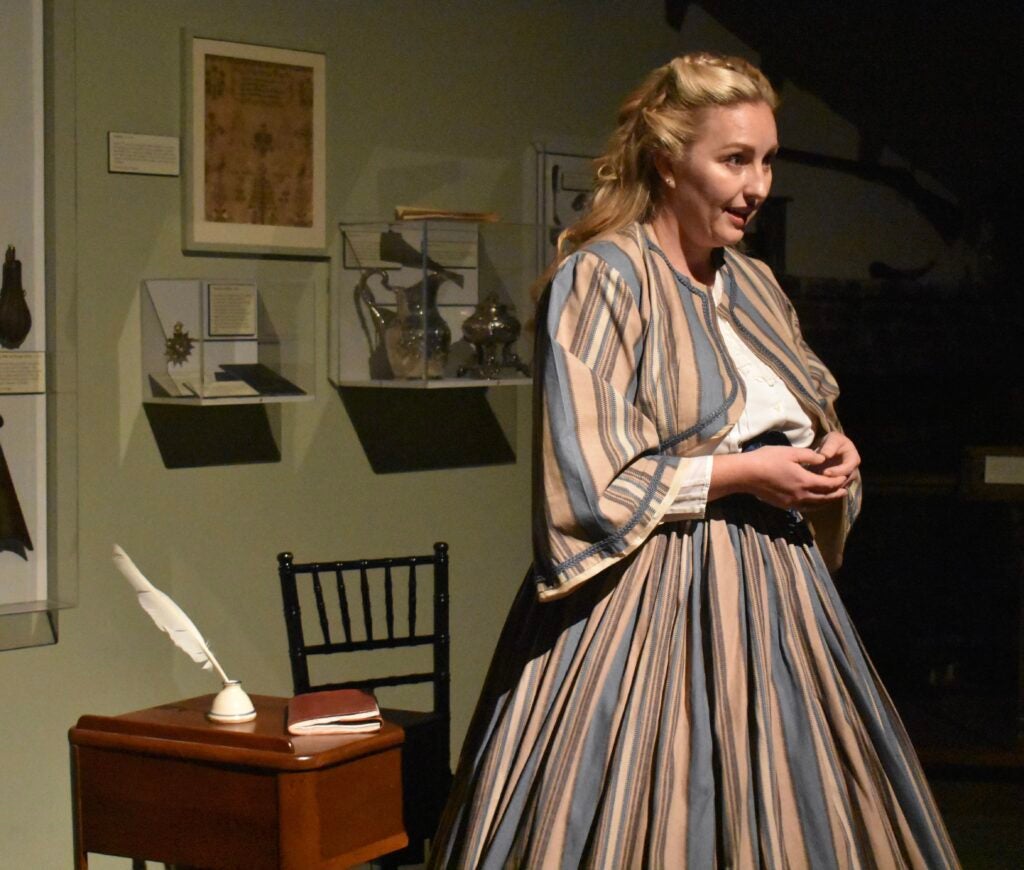
“I like every time they do Tubman, because I’ve grown up with her name — Tubman school, Tubman road, Tubman this — and it’s just always amazing how, in the early part of the 1800s, this woman who was widowed is still making an impact today,” said regular attendee of the night exhibition from Thomson, James Lemley. “To me, that was extremely interesting.”
As Nancy Gamba Hansen’s impression of Hansen captivated audiences by recounting the events that led to the making of “Gone with the Wind,” Kilrain’s performer, Karin Sisk, shared how several men encouraged her to become the second woman in history to pilot a space shuttle.
“I could do anything I wanted, because that pilot seat knows no gender,” said Sisk as Kilrain.
Sisk, who knows Kilrain’s father Joseph M. Still and is heavily involved in the League of Women Voters, said she was honored to represent such a powerful woman who still inspires young females to keep making headway in STEM (science, technology, engineering and mathematics) programs.
“She’s even coming out with a children’s book that tells her story,” said Sisk. “It’s a little daunting to be her, but I was also really excited because what she does is so close to my heart in the kind of work I do with my activism.”
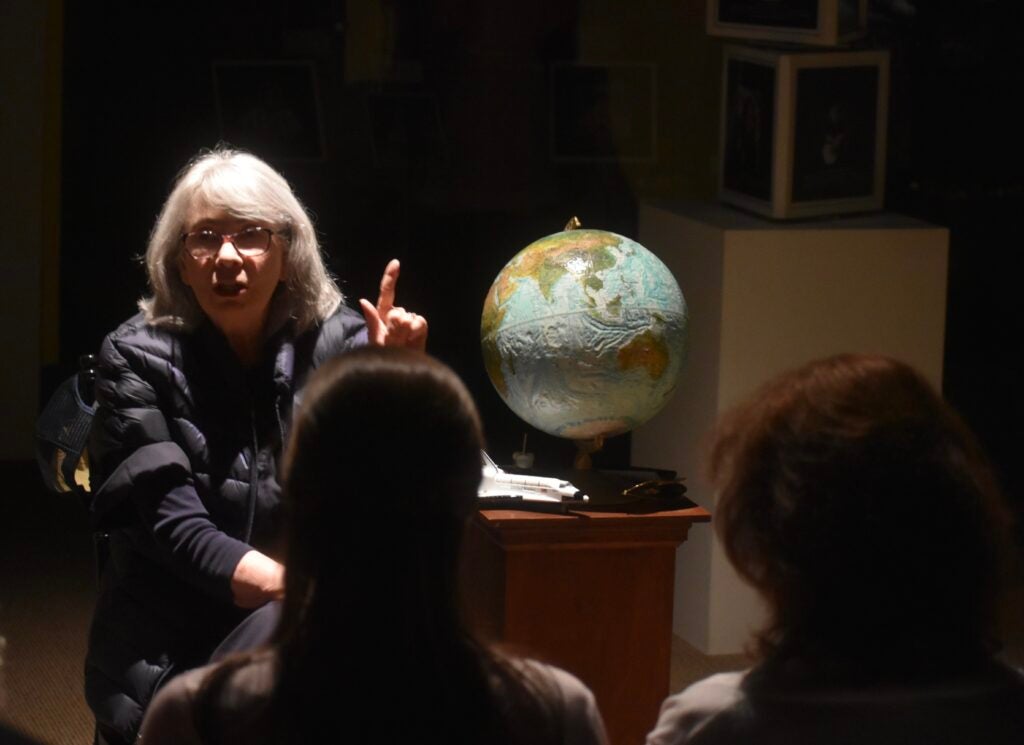
After audiences remarked on Kilrain’s bravery, Lakethia “Kiki” Albert, a Paine College alumna, blended several accounts from her college’s Steering Committee that planned sit-ins and non-violent protests against segregation.
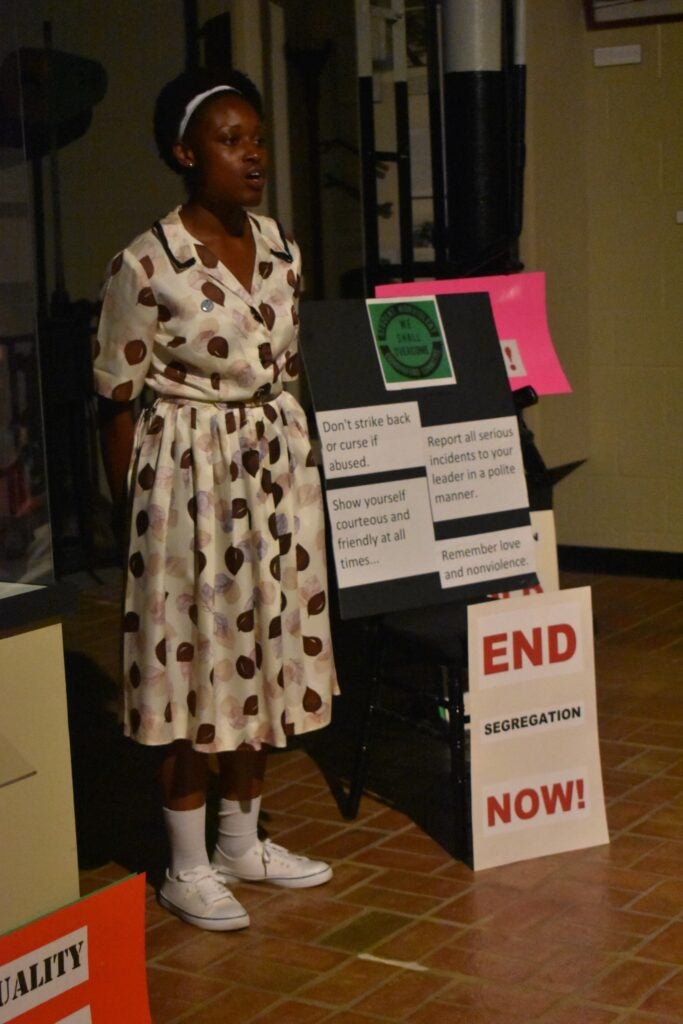
“She was my favorite; she was just amazing,” said participant Sarah Harper Scott. “She was the only one that made me cry … she was really great.”
Telling of how protestors endured harsh violence during sit-ins with no police support or protection, Albert’s monologue had touched several audience members with the violent realities of how many courageous people took strides to fight segregation.
“Each time that I do a historical piece, I learn something that I had not previously learned in school – that’s why I feel it’s important for people to see this in a different way than just sitting in a classroom. It’s more meaningful,” said Albert. “This is something people really went through and had to train themselves to do, they weren’t in the Army, but they were still fighting a war.”
Albert’s speech focused on how a female activist underwent severe training to practice nonviolence in the face of abusive actions, and to master standing tall in opposition to hostility.
“I just hope audiences take away how much dedication people in the past put into making not just their community a better place, but America,” she said.
In addition to Albert’s representation, many attendees also said they favored Dr. Jean Embry, who signified Dent, retelling of how Dent’s Undertaking Establishment — a black-owned business — affected Augusta’s funeral industry,
“It felt like you were truly talking to her,” said Scott.
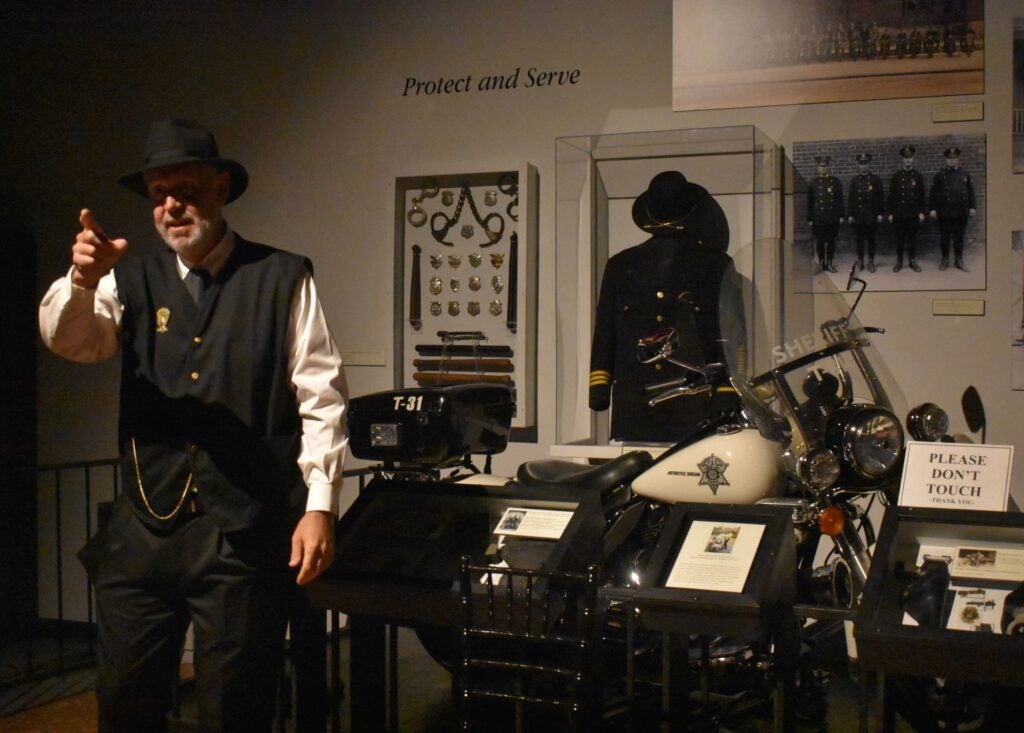
Lemley said his family always enjoys the event, because it presents history in a diversified manner, which accurately represents the community today.
“The portrayers also do a wonderful job,” he said. “They were very entertaining and educational.”
While visitors mingled and security guards did another round of shows, several conversed about the museum’s excellence in presenting enthralling stories and accounts.
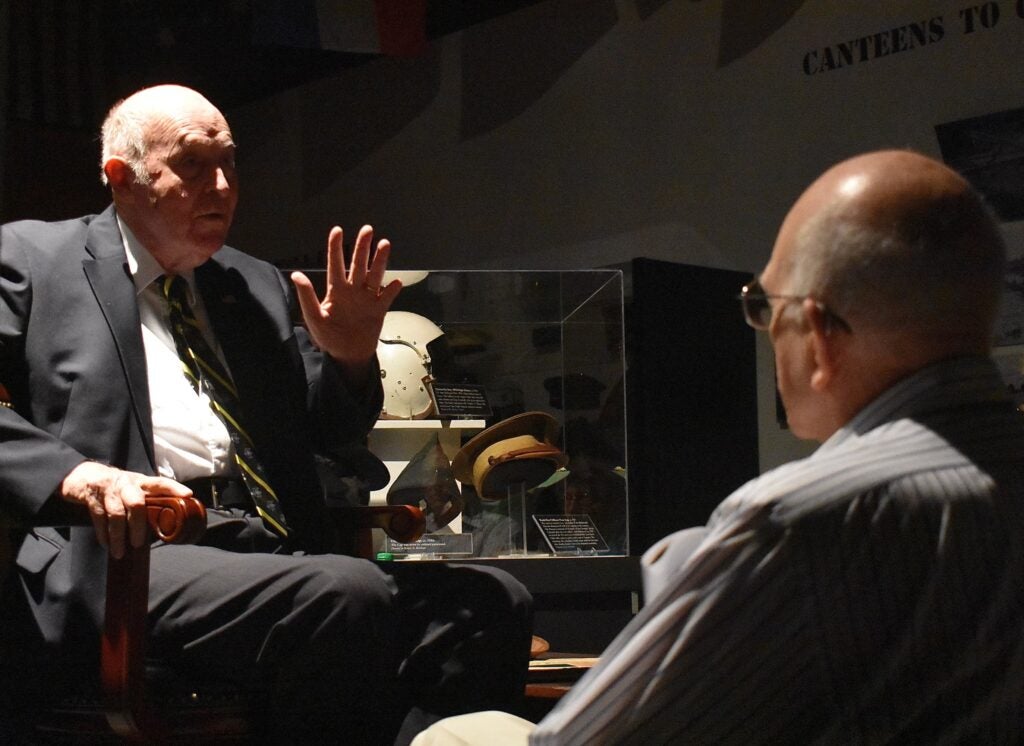
“More people need to experience the museum in a not so everyday way,” said Scott. “It’s events like these that really make history come alive, and most everybody needs that. It’s a great way to see the museum in a different light.”
For more information about the museum, located at 560 Reynolds St., and all upcoming events, visit: https://www.augustamuseum.org/

